In the conversation about sustainable architecture, new construction often takes the spotlight—high-performance materials, cutting-edge technologies, and net-zero designs. Yet, there is an equally powerful story in restoration and renovation. Preserving and reimagining existing buildings can be one of the most environmentally responsible decisions a client and architect can make.
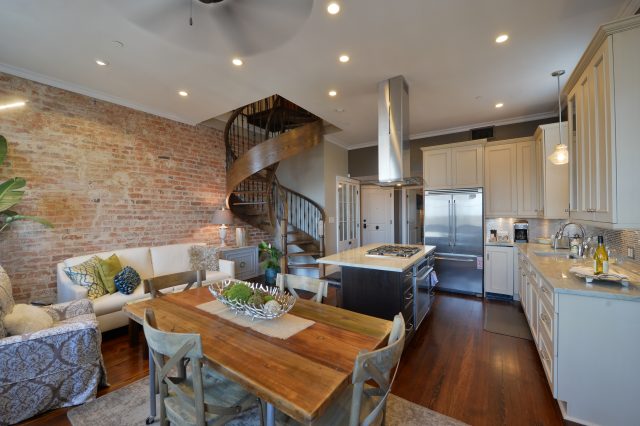
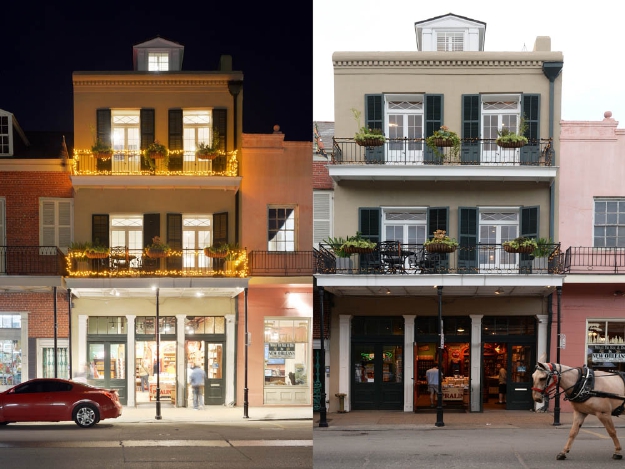
Every building represents an enormous investment of embodied carbon-the energy and resources used in its original construction. Demolition not only sends tons of waste to landfills but also erases decades of stored carbon. Renovating, rather than tearing down, allows us to extend the life of these materials and drastically reduce a project’s overall carbon footprint. For an architect in New Orleans, where many structures carry deep cultural and historical value, this approach is both sustainable and respectful of place.
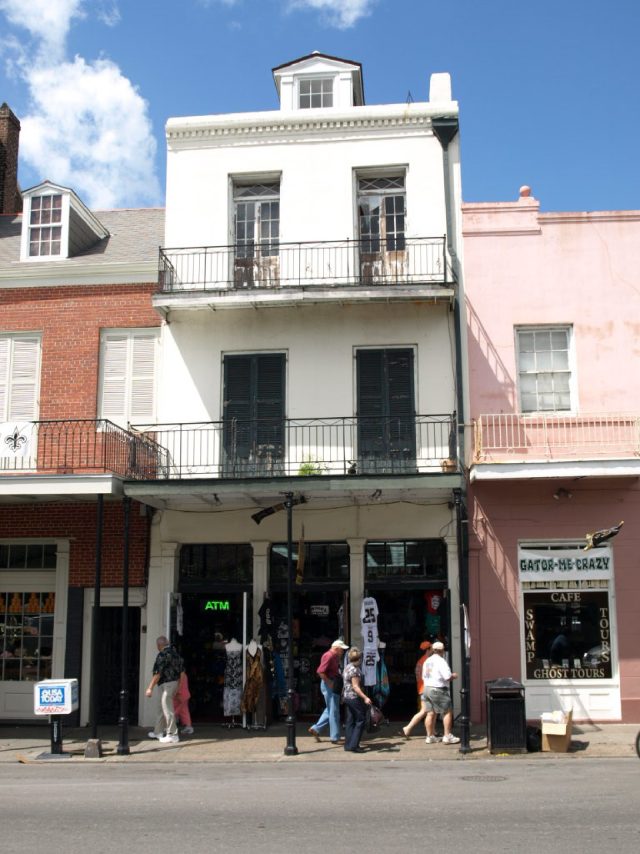
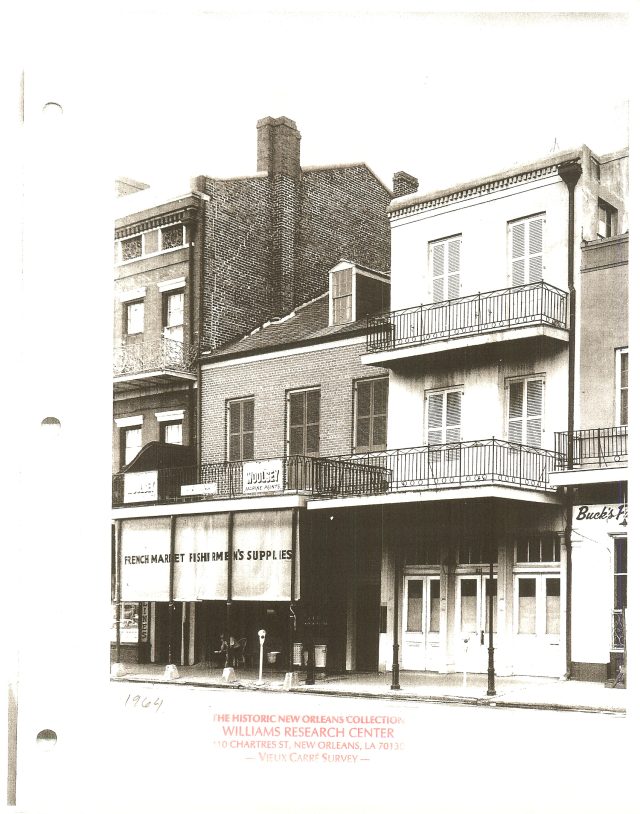
A common misconception is that older buildings cannot perform efficiently. With today’s advancements in insulation, glazing, mechanical systems, and building envelope technologies, restorations can meet or even exceed energy standards. Thoughtful retrofits blend character and history with high-performance upgrades, offering the best of both worlds. This type of forward-thinking architecture in New Orleans is especially meaningful given the city’s climate challenges.
Renovation inherently produces less waste than new construction. Existing structural systems, facades, and finishes can often be repurposed or restored. Salvaged materials—whether original wood flooring, stonework, or historic windows—preserve character while minimizing the need for new resources. As a New Orleans architect, we see great potential in balancing the city’s rich architectural legacy with sustainable practices.

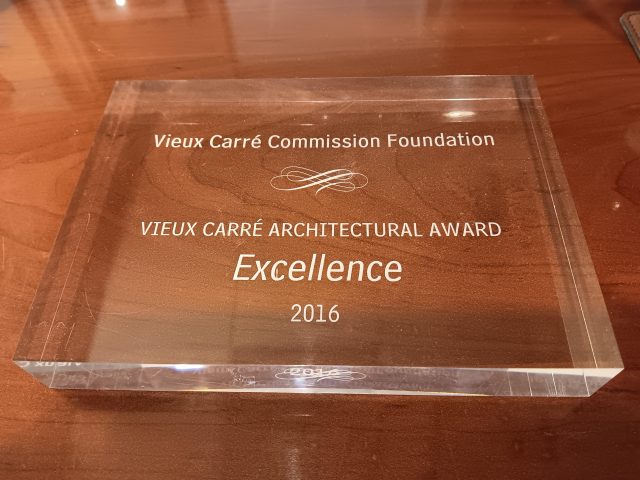
Sustainability is more than energy—it’s also about place and identity. Restoring existing buildings strengthens community fabric, maintains architectural heritage, and avoids the erasure that often comes with new development. When we renovate, we honor the past while equipping structures to serve future generations. For a city like New Orleans, where architecture is inseparable from cultural identity, this work is especially vital.
As architects, our responsibility is to guide clients toward decisions that balance sustainability, functionality, and beauty. Sometimes, new construction is the right answer. But more often than not, restoration offers a greener, smarter path—proving that the most sustainable building may be the one that already exists.
